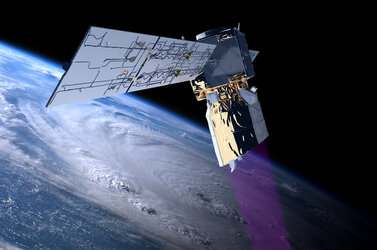Simulating Aeolus’s return: mission control feels the heat
In brief
In a first at ESA’s Main Control Room in Germany, simulations are under way as teams prepare not for a launch, but a satellite’s assisted return through Earth’s atmosphere. Mission successful, fuel running out, Aeolus is now naturally descending.
The Flight Control Team at mission control will soon command the wind-mapping satellite for the last time, targeting its reentry towards the ocean to reduce the already very small risk from its return. In simulations, however, things aren’t going to plan.
In-depth
No two missions are the same but launches have many milestones and features in common with each other: a satellite or spacecraft is launched on a gravity-defying rocket into space, after it separates and, exact sequences differ but it is woken up, solar arrays are deployed, instruments are switched on and tested and its thrusters are fired to get it where it needs to be.
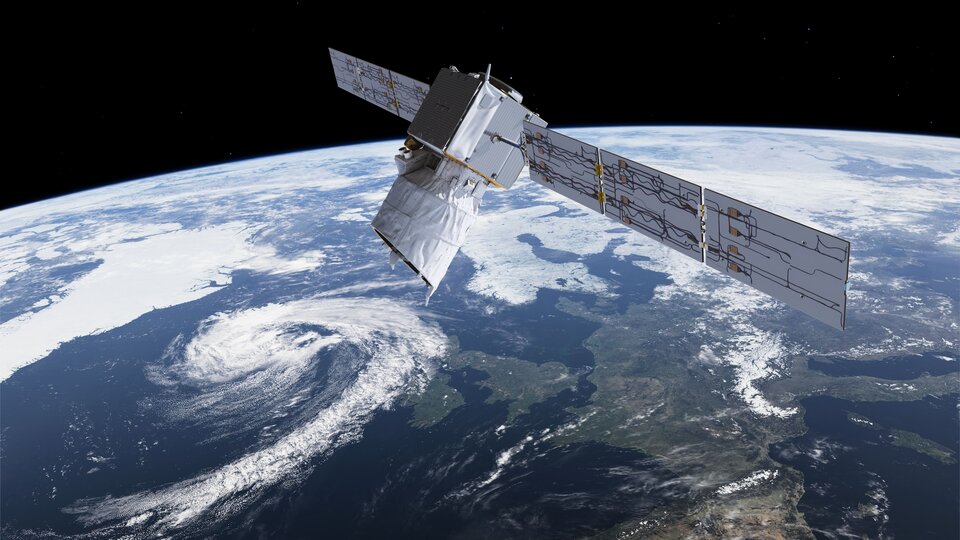
Five years ago, Aeolus was doing just this. Now, mission complete, it’s days away from reentering through Earth’s atmosphere, and although it wasn’t designed for this, teams will be attempting to steer it on its path.
Aeolus was planned and built before current international regulations were put in place on end-of-life disposal, but ESA is nonetheless doing all it can to bring Aeolus, retrospectively, in line with the best standards of today. It’s the first time such an assisted reentry is being attempted by ESA’s mission control, but simulations are ongoing to make sure nothing comes as a surprise.
Simulating an assisted reentry: an ESA first
How do you simulate something you’ve never done before? That’s the question for Simulation Officer Filipe Metelo:
“First, we create a realistic simulation of the behaviour we expect from Aeolus as it returns, using the information we have from past reentry scenarios, controlled and uncontrolled, with tried and tested ‘telecommands’ and with various software already available to us,” explains Filipe.
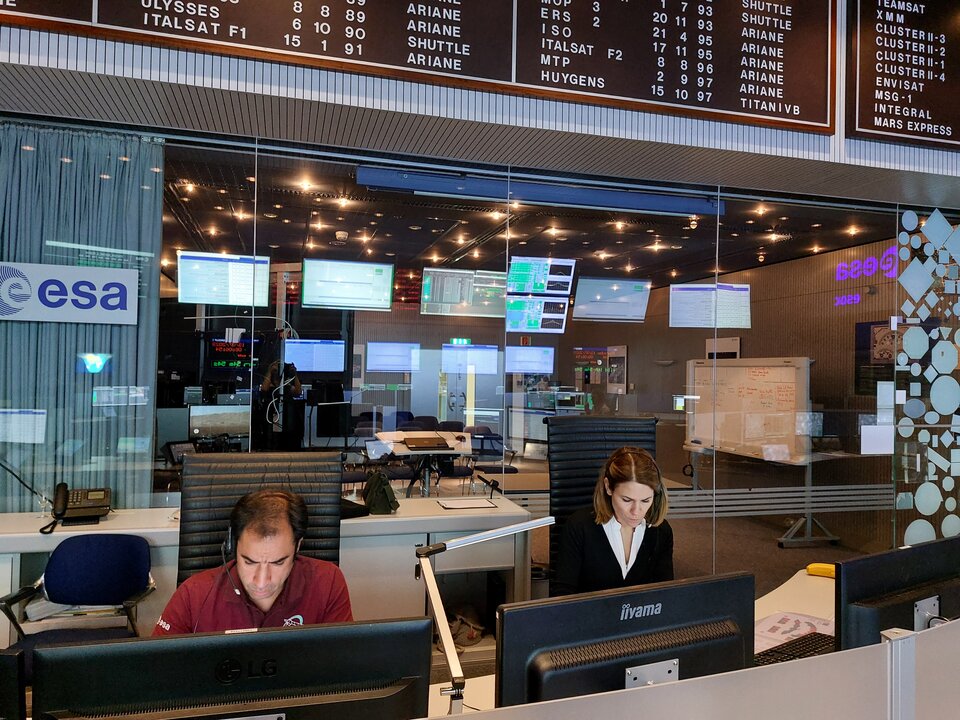
“Then we chose specific scenarios that could happen, both likely and unlikely, and play these out in the Main Control Room. With a ‘pretend’ Aeolus and ground system, it feels to our teams just like the real thing.”
In general, the real operations shouldn’t be so different from the simulated events now being rehearsed, but this reentry comes with greater uncertainty than the launches and manoeuvres commonplace in this historic room.
Current high levels of solar activity, for one thing, are creating unpredictable fluctuations in the thickness of the atmosphere, speeding up Aeolus’s return. As such, aspects of this campaign are being continually adjusted as critical operations near.
Milestone manoeuvres
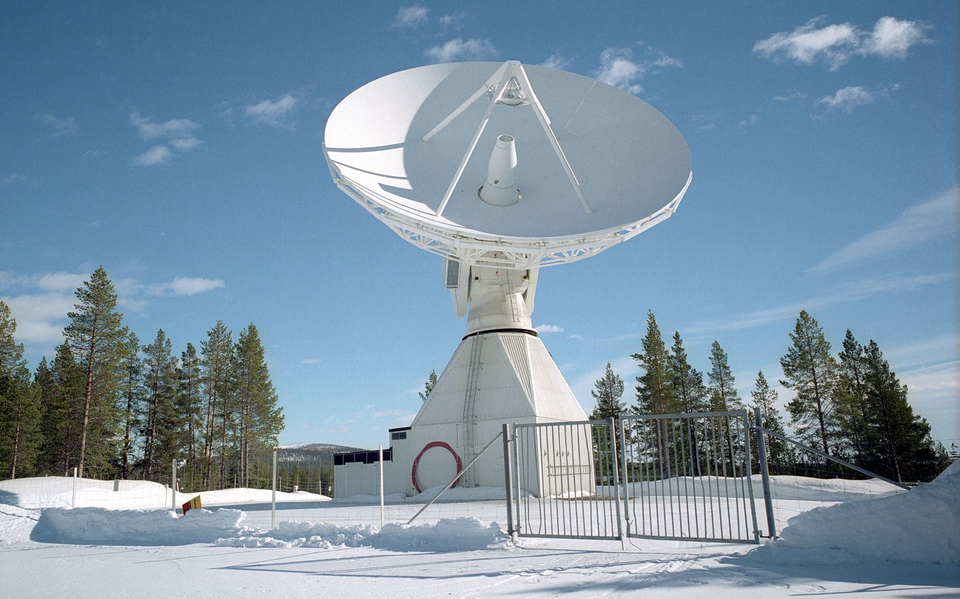
The key moments in Aeolus’s return will be a series of never-before-performed manoeuvres that should steer Aeolus on a return path over the most uninhabited regions possible, i.e. the ocean.
In case something doesn’t go to plan with any of the manoeuvres, it will be up to the various ground stations around the world to keep track of Aeolus’s signal, then for ESA’s flight dynamics experts to determine its orbit and potentially produce new commands for the Flight Control Team to send up to the satellite.
Five simulations are planned altogether that are more like rehearsals with minor issues surfacing, such as losing contact with Aeolus or parts of the spacecraft reaching unexpected temperatures, than the doomsday scenarios often thrown at teams before a launch.
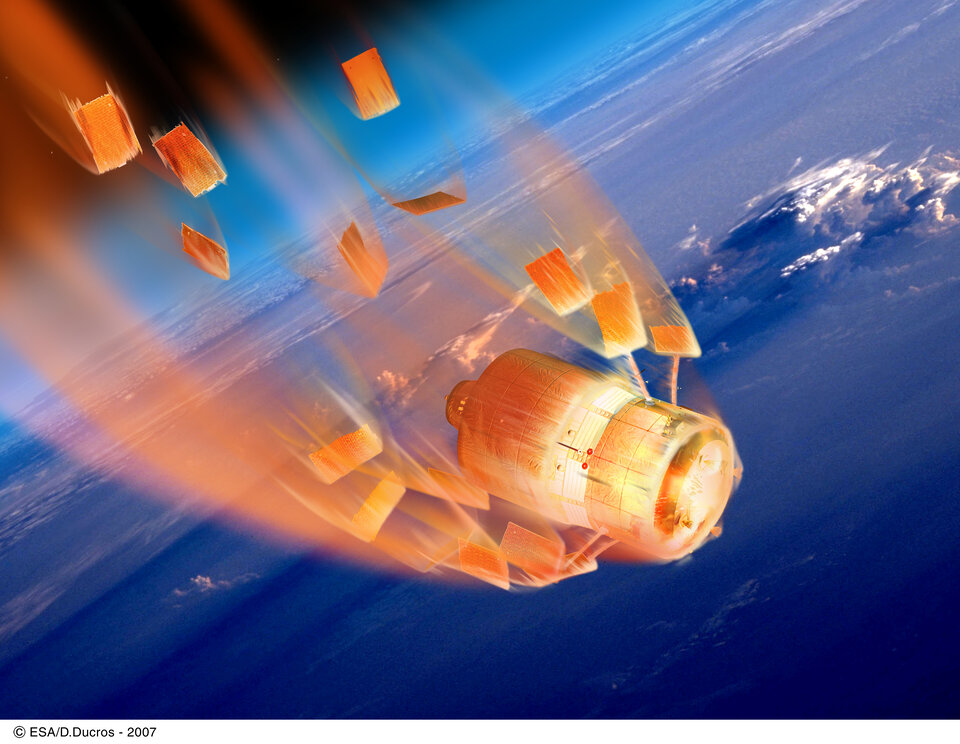
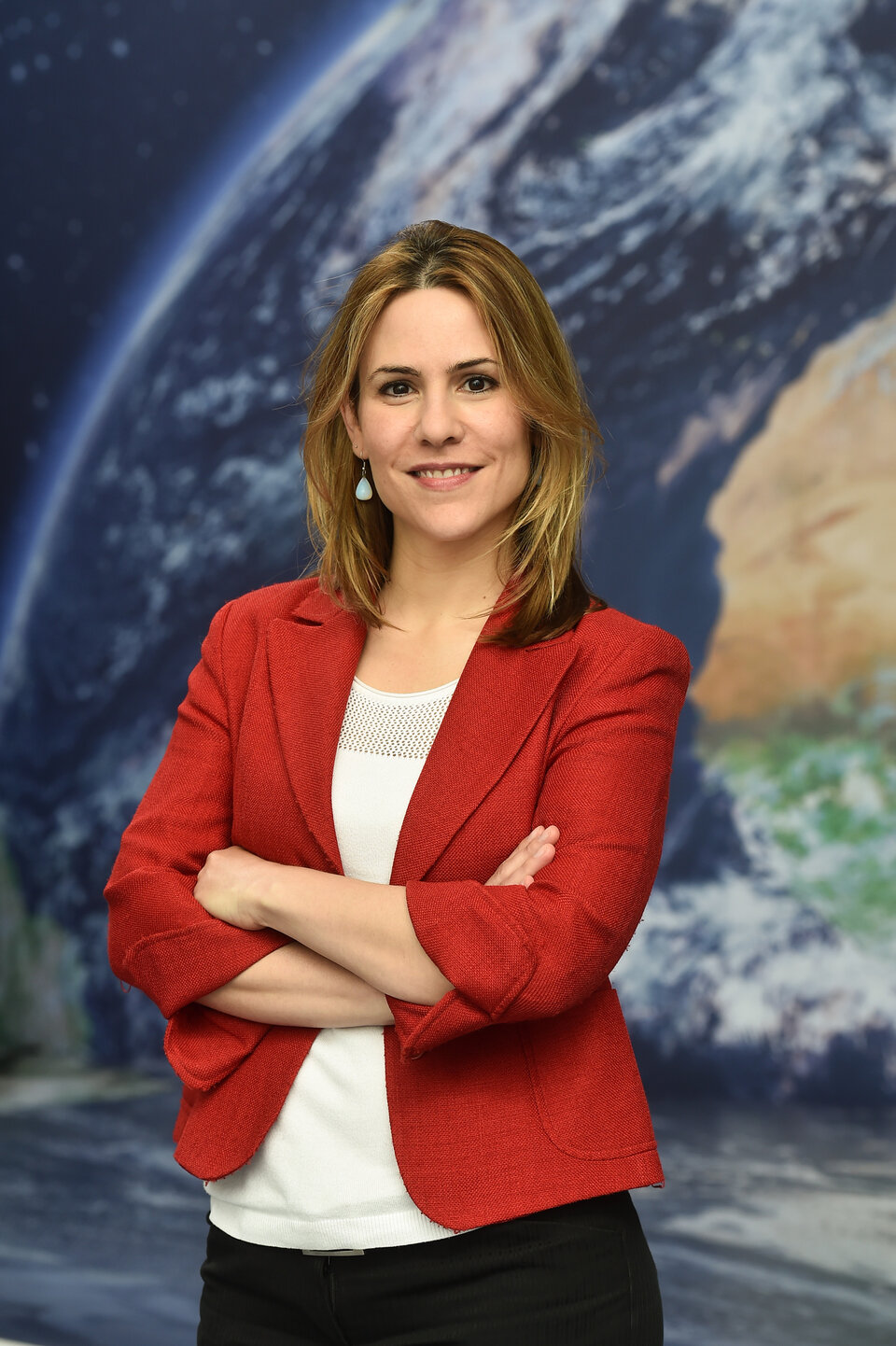
What makes this reentry so special, and new, is that it takes a mission built with one ending in mind and, from the ground, is altering its future.
“I’ve probably taken part in more than 60 simulations over my career, but this one is extremely different as we work to execute the planned operations as accurately and safely as possible but with a number of unknowns that are outside of our control,” continues Isabel.
“I’m looking forward to uplinking the last set of commands that will execute Aeolus’s final manoeuvre, and seeing them onboard a spacecraft behaving nominally. Once that is done, our part will be over and can only hope for the best. I am of course nervous about seeing this all go to plan, and any reentering fragments ending up safely in the ocean.”
An unexpected end to the impossible mission
Aeolus Mission Manager Tommaso Parrinello, normally based at ESA’s Earth Observation heart at ESRIN, Italy, has been taking part in the simulations at mission control. Since just after Aeolus was launched, he has straddled the two worlds of Science and Operations and seen not just how challenging this mission has been to fly, but exactly why it’s been so worth it:
“Aeolus is a magical machine that has surprised even the most experienced engineers across the world,” concludes Tommaso.

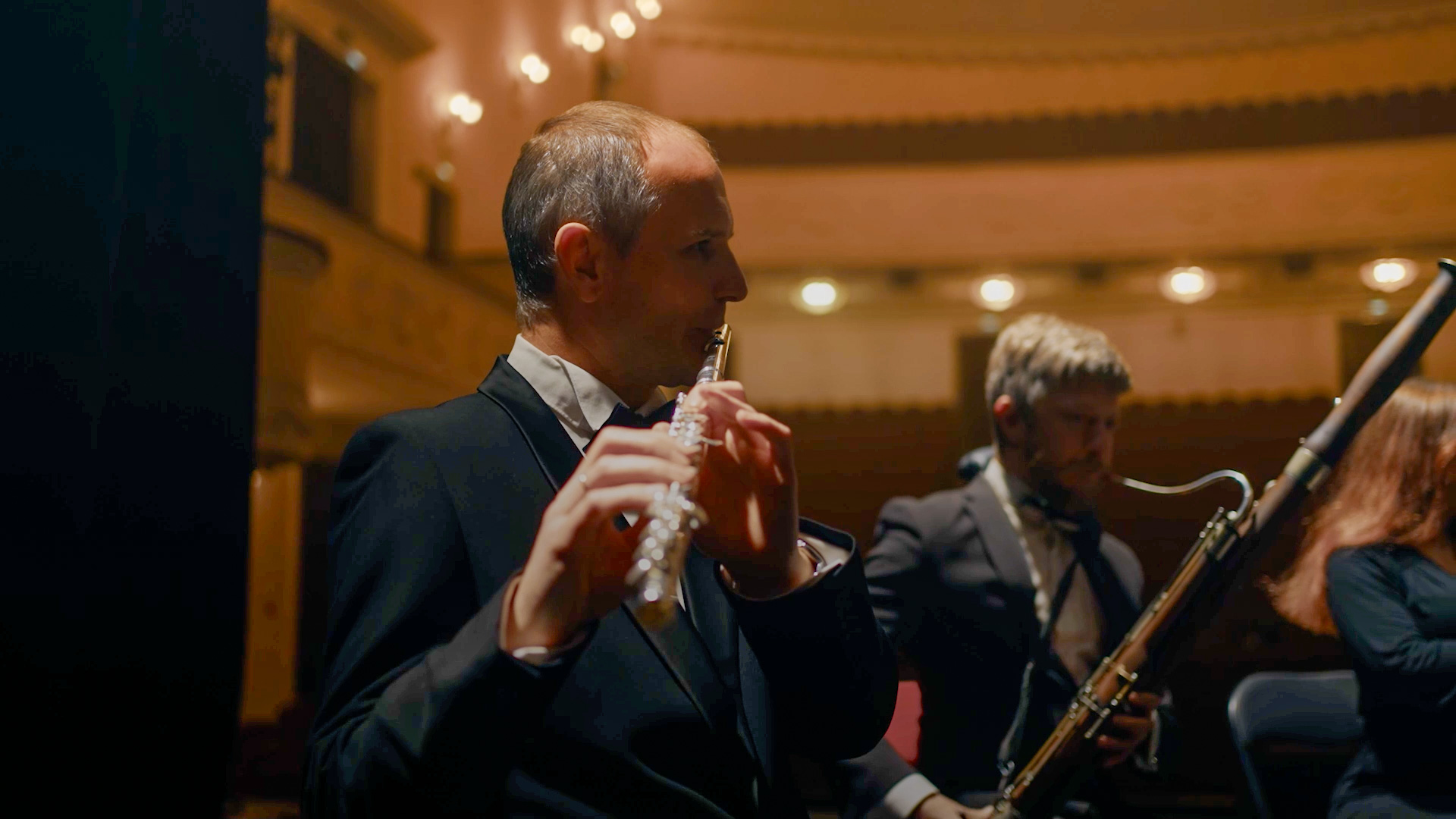
Access the video
“Daily, we faced and resolved many technical and scientific challenges to make sure that we could deliver the best data to the meteorological community. But it’s been hard because it’s been new: Aeolus was always meant to be a demonstrator mission, nothing like it had ever been launched into space.”
And just as Aeolus went above and beyond during its mission, revolutionising wind profiling and improving weather models forever, its demise is now also proving to be a challenge of great importance.
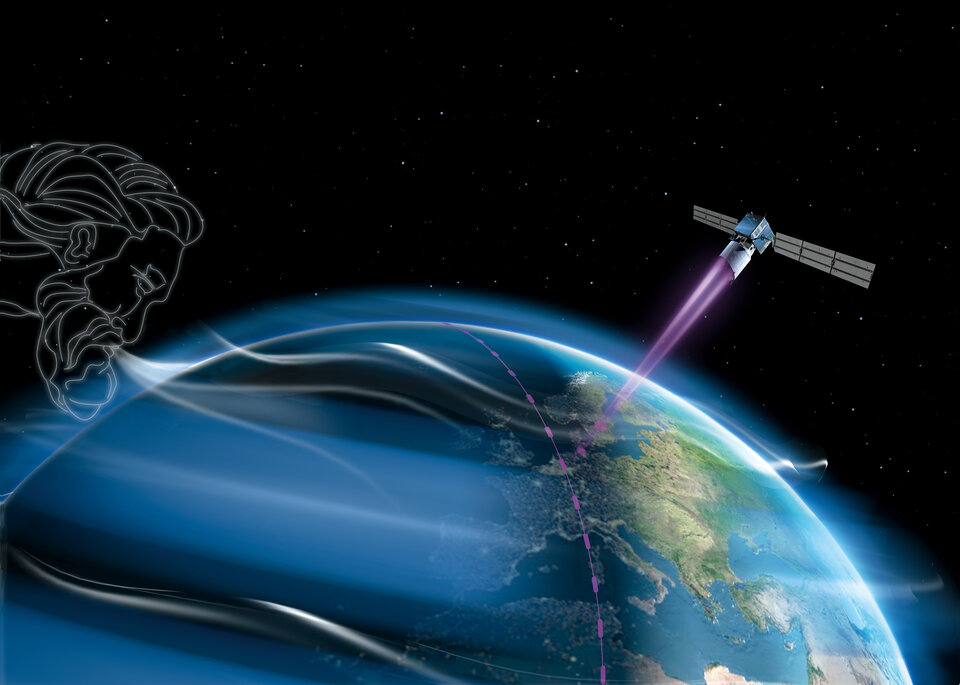
“It is only now that you realise that an idea that was proposed just a year ago has become something that is real and tangible. We all know that this reentry is not going to be easy and we might not succeed. Probably, this is the biggest challenge of our professional life, but I could not imagine a different end for this “impossible mission”".
“Listening to the different voice loops and being part of the intertwined activities in the Main Control Room is really a “wow” moment. It’s difficult to describe. Not only is this real, but it is coming fast. We’ve never been readier than we are now!”














 Germany
Germany
 Austria
Austria
 Belgium
Belgium
 Denmark
Denmark
 Spain
Spain
 Estonia
Estonia
 Finland
Finland
 France
France
 Greece
Greece
 Hungary
Hungary
 Ireland
Ireland
 Italy
Italy
 Luxembourg
Luxembourg
 Norway
Norway
 The Netherlands
The Netherlands
 Poland
Poland
 Portugal
Portugal
 Czechia
Czechia
 Romania
Romania
 United Kingdom
United Kingdom
 Slovenia
Slovenia
 Sweden
Sweden
 Switzerland
Switzerland





























